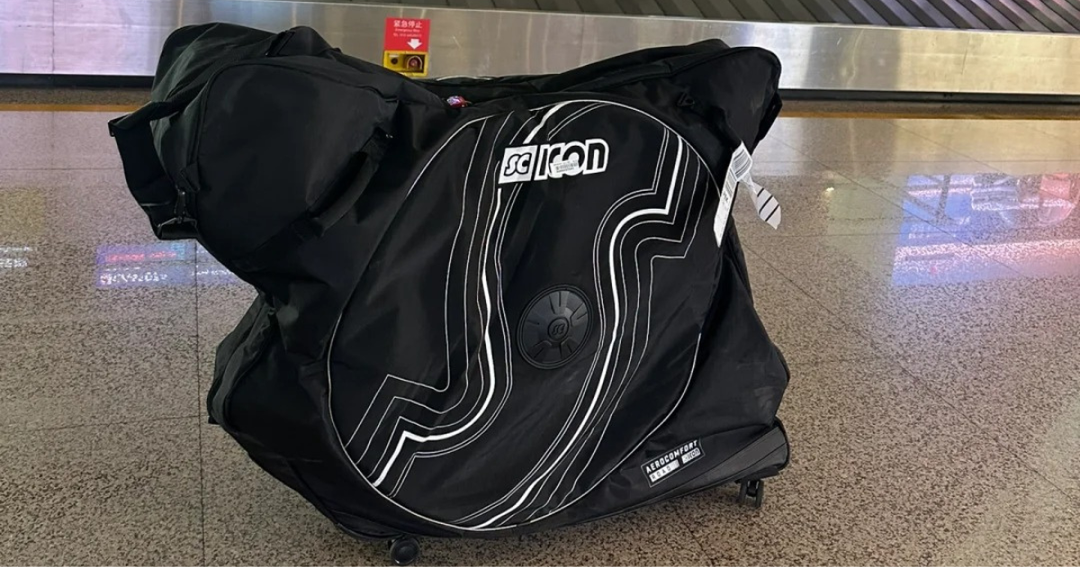Understanding Cycling Hand Signals for Communication
Cycling, whether you're cruising on a leisurely ride or tackling challenging terrain, is not only about physical endurance but also about communication. As cyclists, we often share the road with others—be it fellow cyclists, pedestrians, or motorists. One of the most effective ways to communicate your intentions on the road is through hand signals. In this guide, we'll walk you through the essential cycling hand signals, why they're important, and how they can improve your safety and ride experience.

Why Hand Signals Matter for Cyclists?
Cyclists need to be able to communicate their intentions clearly to others on the road to ensure safe and smooth rides. Hand signals provide a non-verbal way of indicating what you're about to do, helping reduce confusion and accidents. This is especially crucial in situations where verbal communication is not possible due to wind, road noise, or distance.
Properly using hand signals enhances your visibility and helps you avoid dangerous situations, particularly when riding in groups or on busy streets.
Here are the essential hand signals every cyclist should master:
1. Left Turn Signal
How to Signal: Extend your left arm straight out horizontally to the left.
When to Use: Use this signal when you're planning to make a left turn, either at an intersection or when changing lanes.

2. Right Turn Signal
How to Signal: Extend your right arm straight out horizontally to the right.
When to Use: This is the standard signal for a right turn, especially useful when turning at intersections.

3. Left Hand Down (Slow Down)
How to Signal: Extend your left arm downward at a 45-degree angle with the palm facing backward.
When to Use: Use this signal when you need to slow down, whether due to road conditions, an upcoming stop, or a change in pace.
4. Right Hand Down (Slow Down)
How to Signal: Extend your right arm downward at a 45-degree angle with the palm facing backward.
When to Use: This signal is particularly helpful if you’re riding in a group and need to signal the riders behind you.
5. Stopping Signal
How to Signal: Extend your left arm downward, with your palm facing backward, and wave it up and down in a "flashing" motion.
When to Use: Use this signal to indicate that you are stopping or coming to a complete halt. It is crucial in group rides where you need to alert cyclists behind you.
6. Pointing to Obstacles
How to Signal: Extend your arm and point to any obstacles or hazards on the road, such as potholes, debris, or other dangers.
When to Use: Whenever you spot something that could be hazardous to yourself or others, such as road debris, a sudden drop, or a large pothole.

When Hand Signals Aren’t Enough
While hand signals are a powerful tool for communication, they are not a substitute for staying alert and aware of your surroundings. Always make sure you have good visibility, particularly at intersections and while changing lanes. Additionally, ensure your bike has proper lighting and reflective gear, especially when riding at night or in low-visibility conditions.
Conclusion:
Cycling hand signals are simple but vital tools for ensuring a safe ride. Whether you're cycling alone or in a group, being able to communicate your intentions through clear, effective hand signals can make all the difference. By mastering these signals, you'll not only ride more safely but also contribute to a more cooperative cycling environment for everyone on the road.













